According to Titrsanat, the government’s top economic official explicitly emphasized the need for the “true liberalization of free trade zones” — meaning that these zones should not be free in name only, but should be freed from administrative and bureaucratic constraints in practice.
Furthermore, the Minister of Economy stated that “Iran’s development passes through the path of
Another key focus of the Minister’s remarks was the reform of the Free Trade Zones Law — a law that was enacted over three decades ago and no longer aligns with the current realities of Iran’s economy.
The Minister of Economy announced that the law is being revised to eliminate barriers to investment, simplify regulatory procedures, and resolve institutional overlaps within these zones.
The implementation of this reform would mark a turning point in the legal and administrative framework governing free trade zones, as many investors have so far been discouraged by regulatory instability, imposed restrictions, and the erosion of competitive advantages that once defined these zones.
On the other hand, the choice of Kish Free Zone, located amid the blue waters of the Persian Gulf, as the venue for these remarks, carries symbolic significance.
Kish is the oldest and most capable free trade zone in Iran — a region with relatively advanced infrastructure, an active private sector, and the potential to become a national model for economic governance.
The Minister of Economy rightly emphasized that “Kish can serve as the pilot for creating Iran’s economic horizon,” meaning it could function as a testing ground for new development models, regulatory liberalization, and synergy between government and investors.
The author believes that one of the most significant achievements of the Kish meeting was the managerial synergy established between the Minister of Economic Affairs and Finance and the Secretary of the Supreme Council of Free and Special Economic Zones.
During this session, the full alignment between the Minister of Economy and the Council’s Secretary presented a promising outlook for managers and economic actors across the free zones.
The Minister of Economy, while praising Dr. Masroor’s efforts, also welcomed the drafting of the “Strategic Transformation Roadmap for Free Zones,” a document focusing on key priorities such as reforming management structures, strengthening the financial system, simplifying regulations, promoting production and exports, and expanding international cooperation.
This administrative synergy could mark the beginning of a new era in the governance of free trade zones, as — for the first time in recent years — the will of the policymaker (the Ministry of Economy) and the practical experience of the executive body (the Council Secretariat) have been aligned toward a shared national objective.
Dr. Madanizadeh, recognized as one of the government’s leading economic policymakers and academic figures, is known for his reform-oriented and systemic approach to economic management. On the other hand, Dr. Masroor is a seasoned manager with extensive experience in the free trade zones, bringing to the Supreme Council Secretariat a deep, field-based understanding of practical challenges.
The combination of these two perspectives — policy expertise and hands-on experience — offers a promising outlook for the future of Iran’s free trade zones. In other words, while in previous years these zones often became victims of legal complexity and institutional overlap rather than true engines of development, the current administrative alignment provides hope for the “revival of the free spirit in free zones.”
The Minister of Economy’s remarks in Kish can be regarded as the government’s new manifesto for free zone policy, built upon three key pillars:
Genuine liberalization of the zones from redundant regulations;
Reform of legal frameworks and management structures;
Strategic synergy between the Ministry of Economy and the Supreme Council Secretariat.
Thus, it can be said that a new and promising horizon for Iran’s free trade zones has begun from the Kish meeting — where the will for transformation, the management experience, and the motivation of free zone leaders and economic actors have all aligned toward a common path.
The goal: to restore Iran’s free trade zones to their rightful place within the national economy as genuine drivers of growth and development.


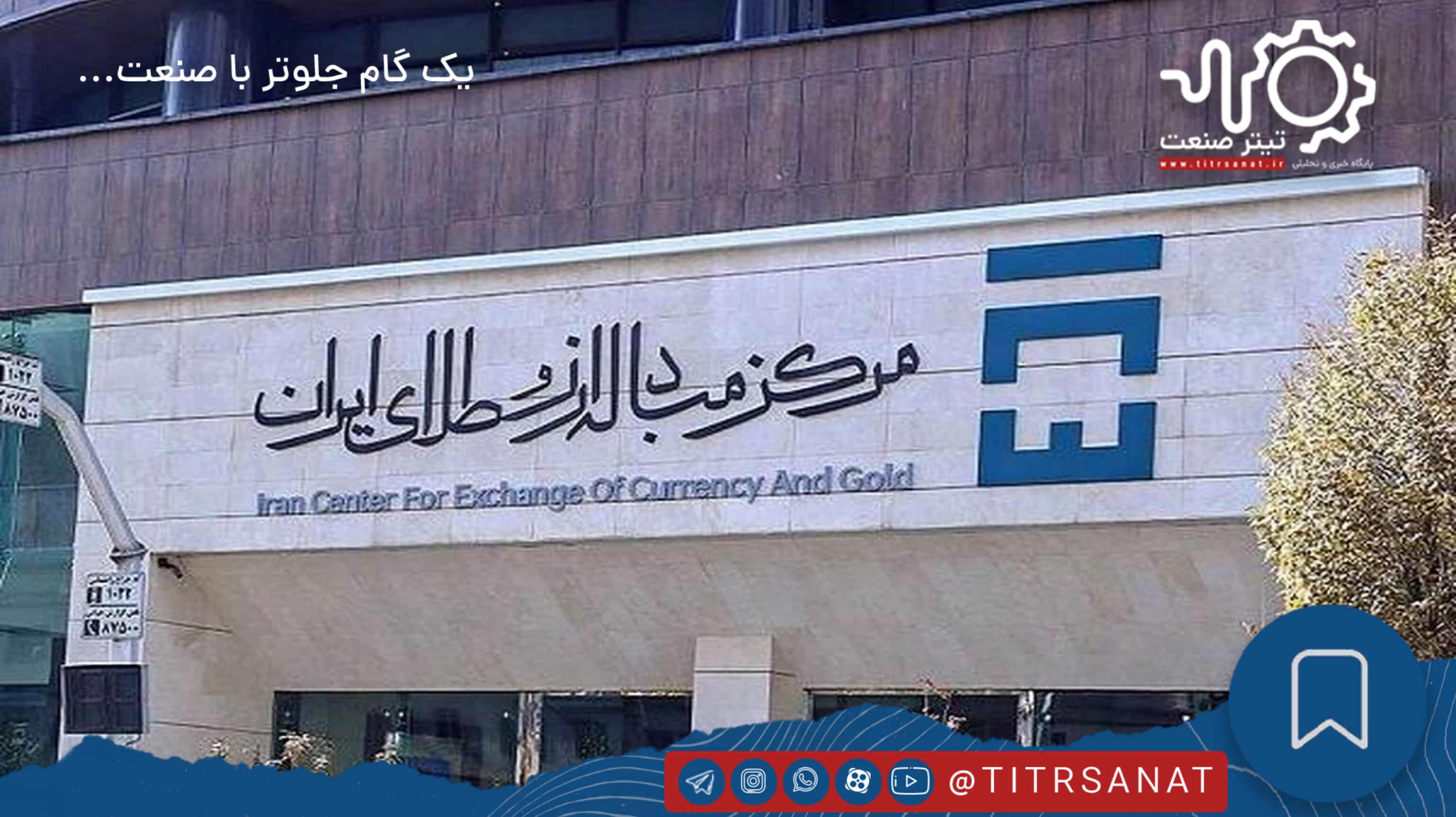
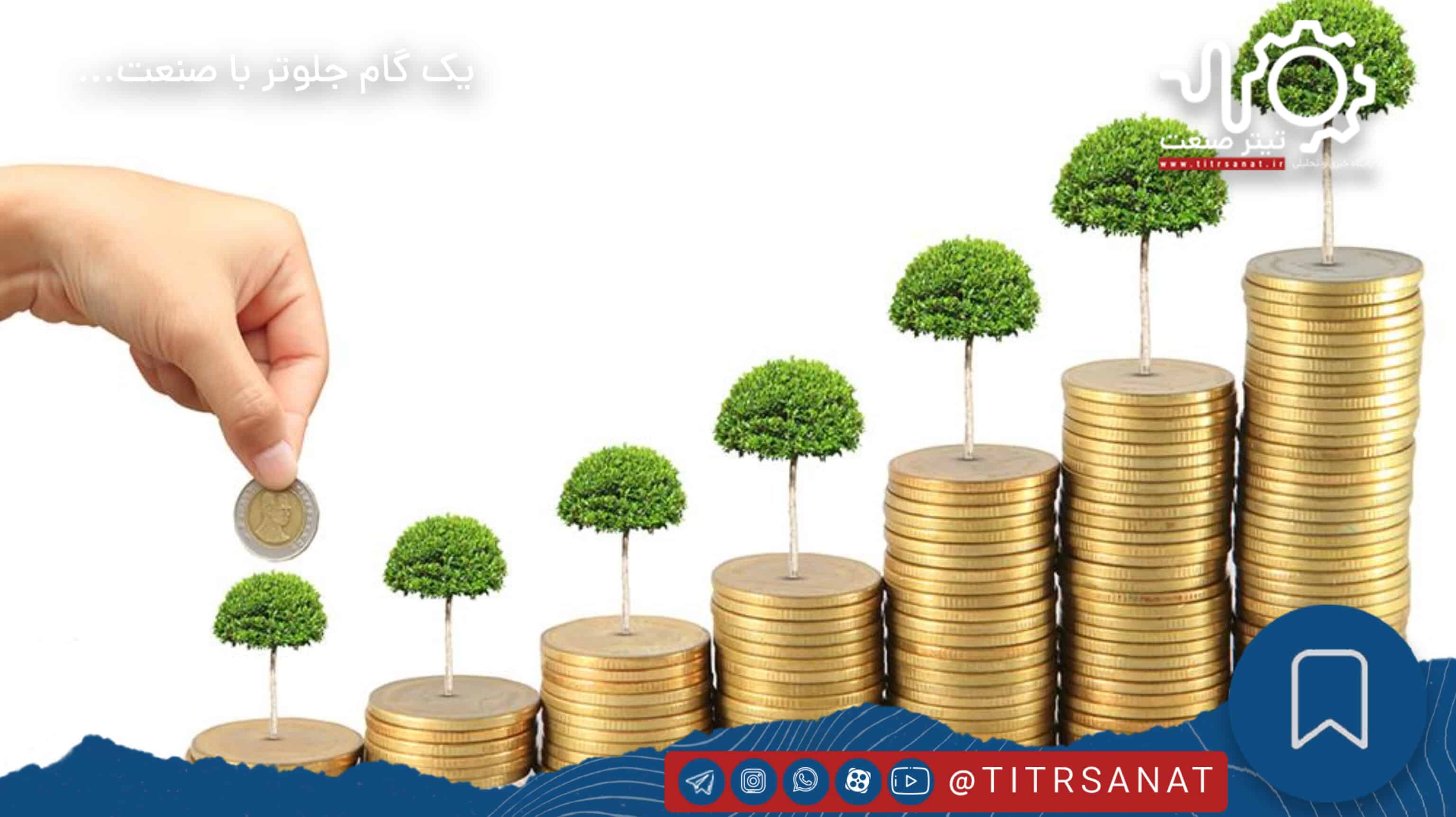





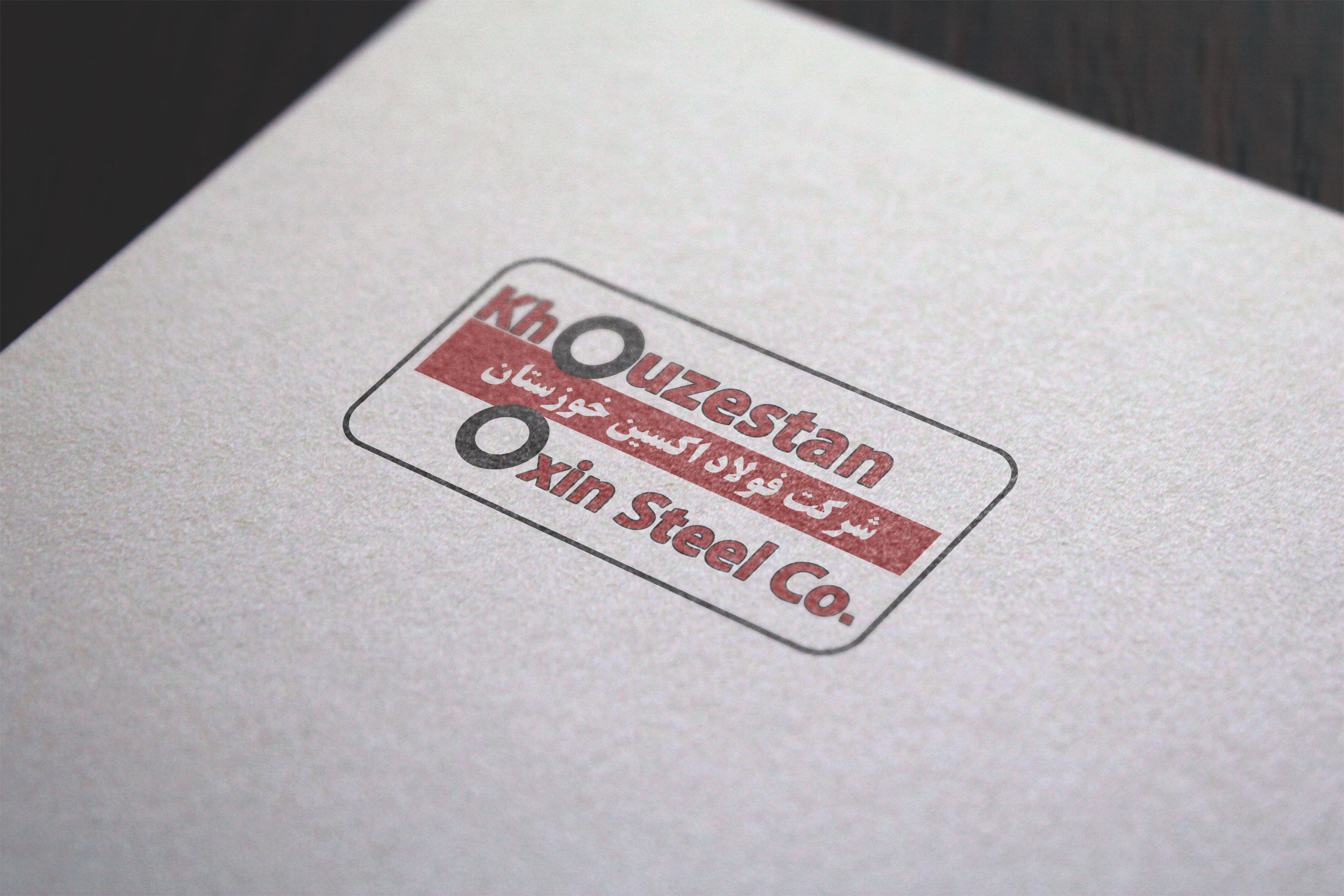

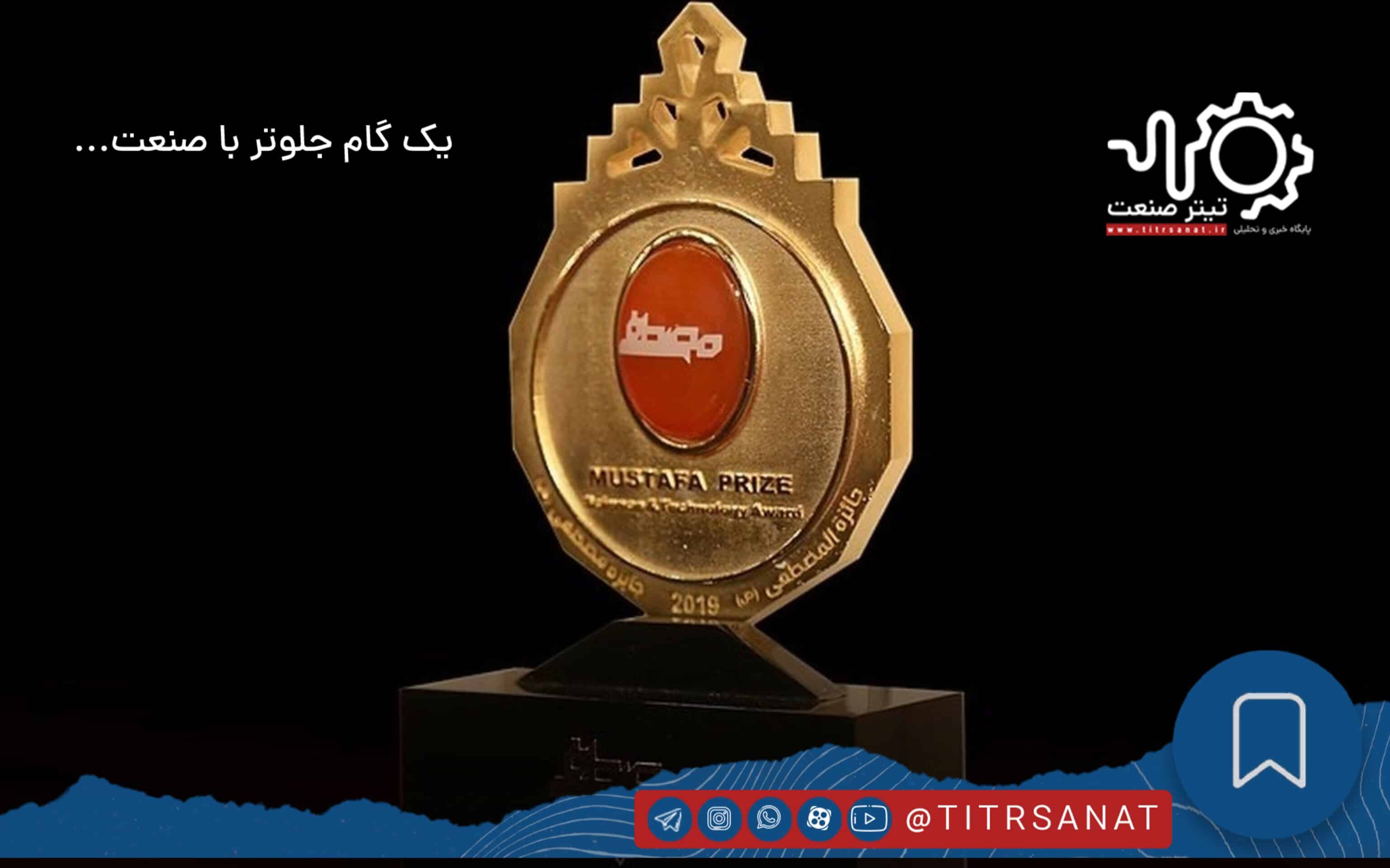

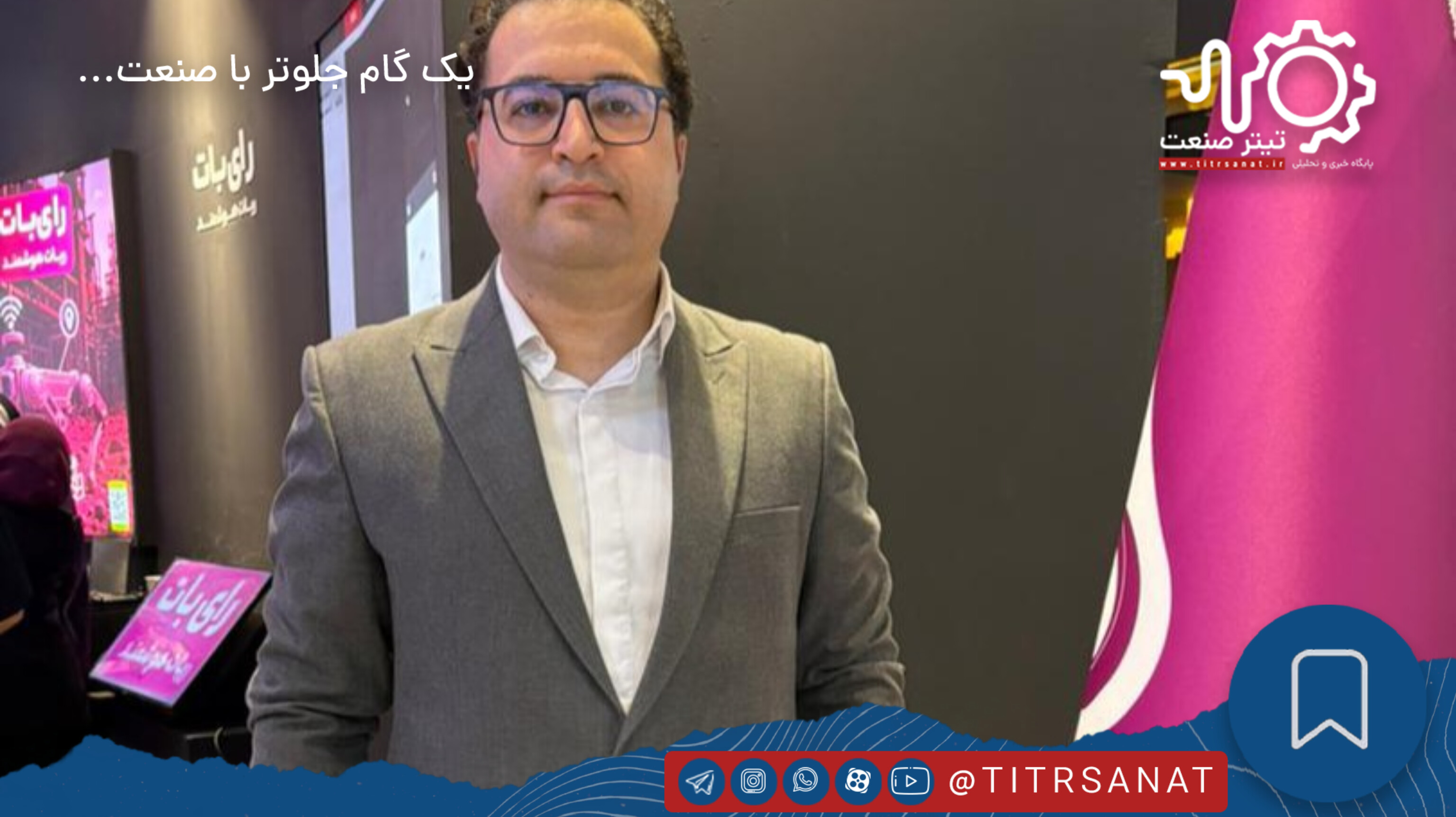






Comments